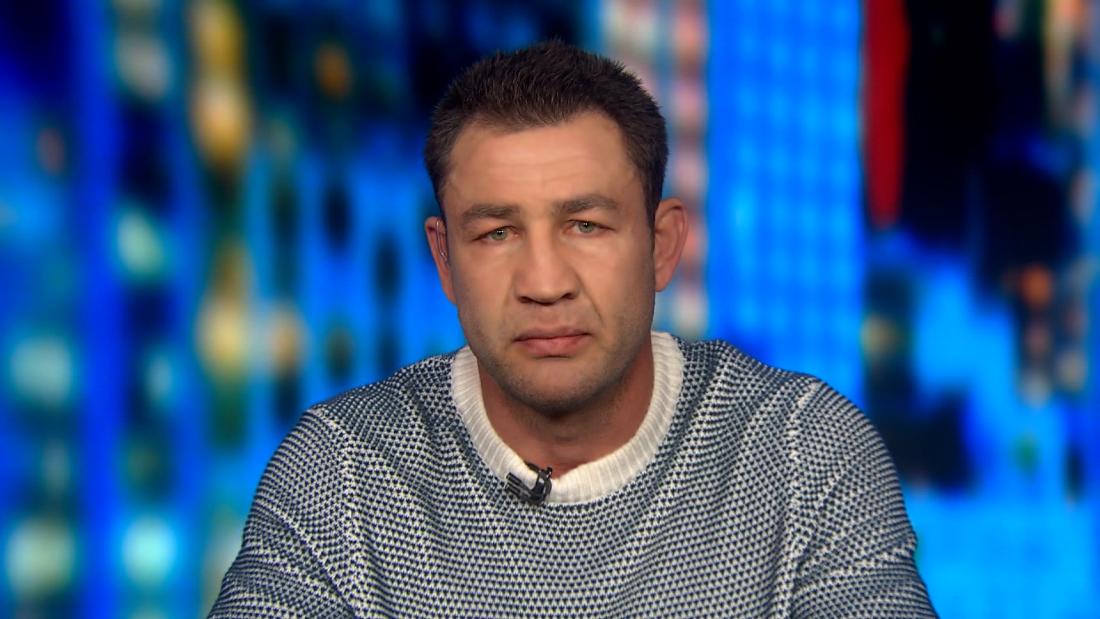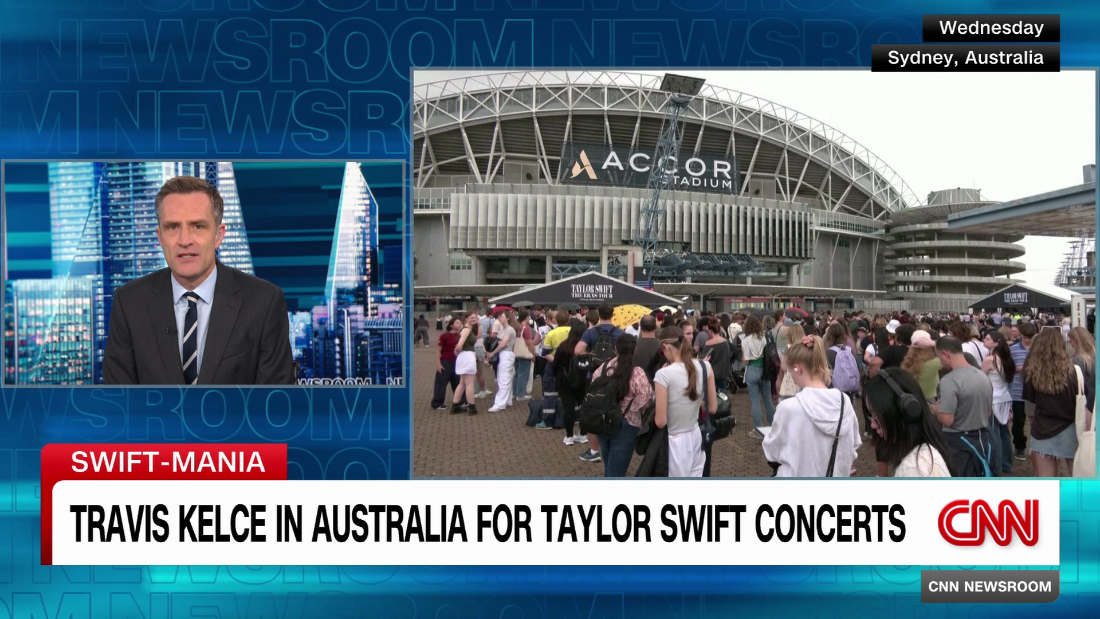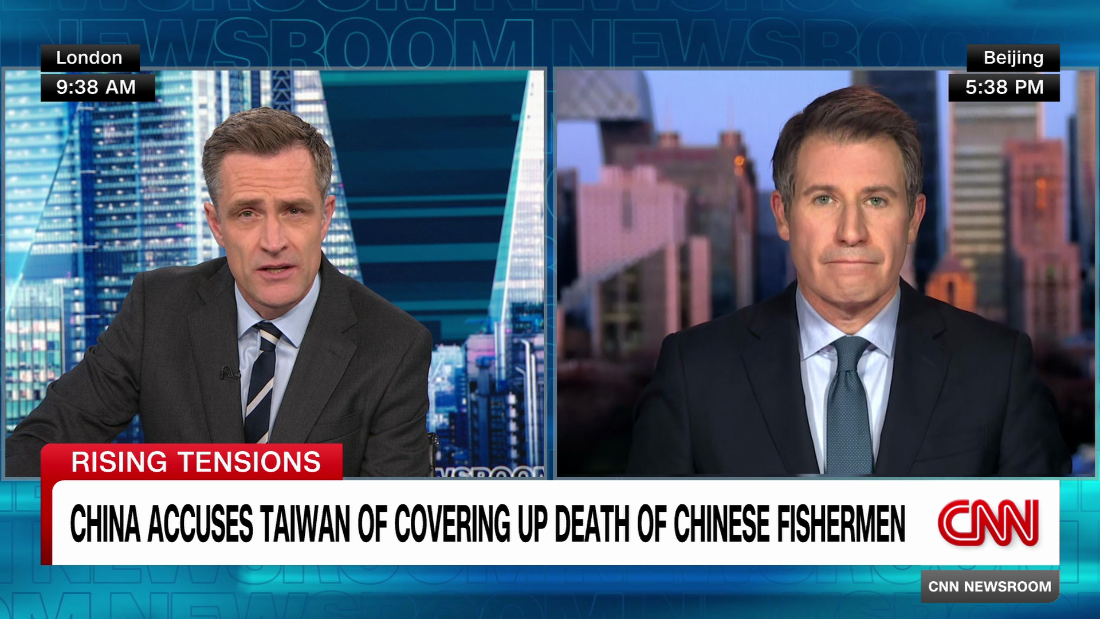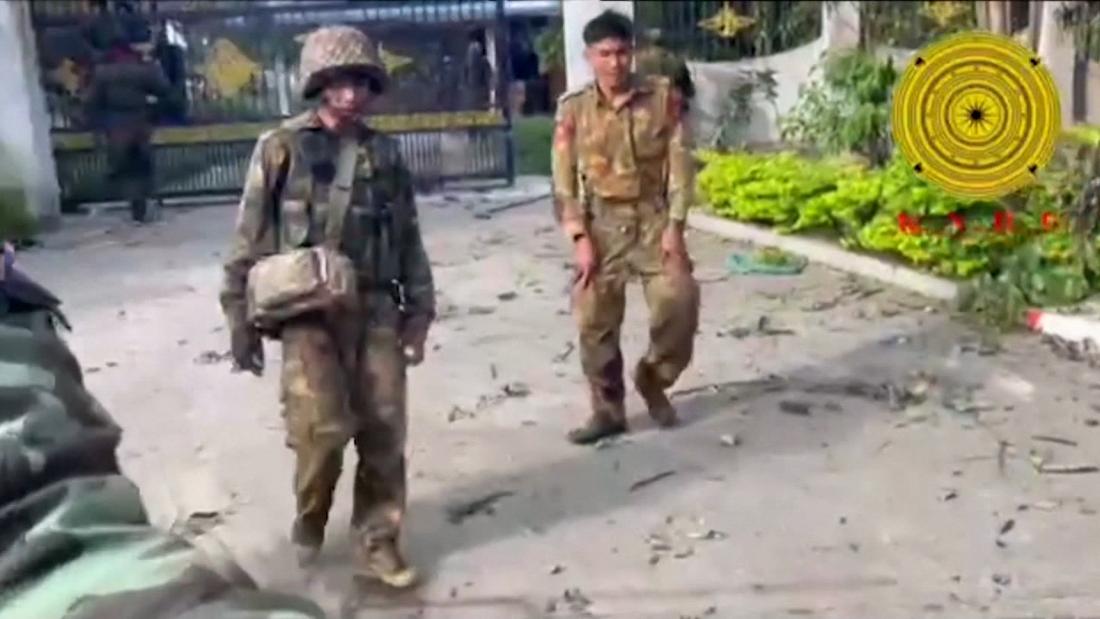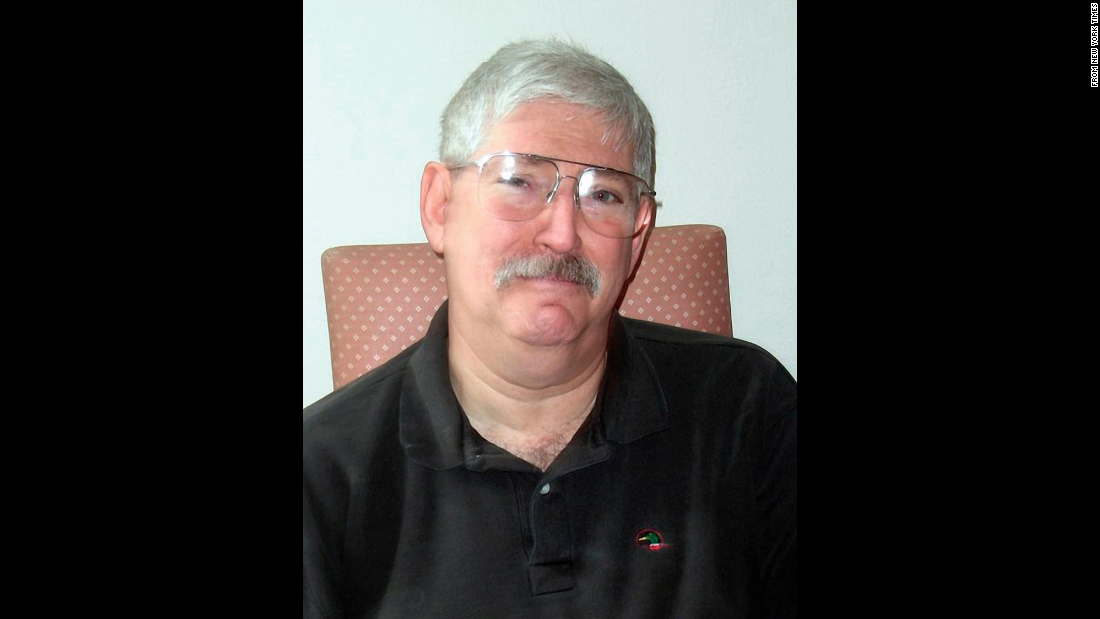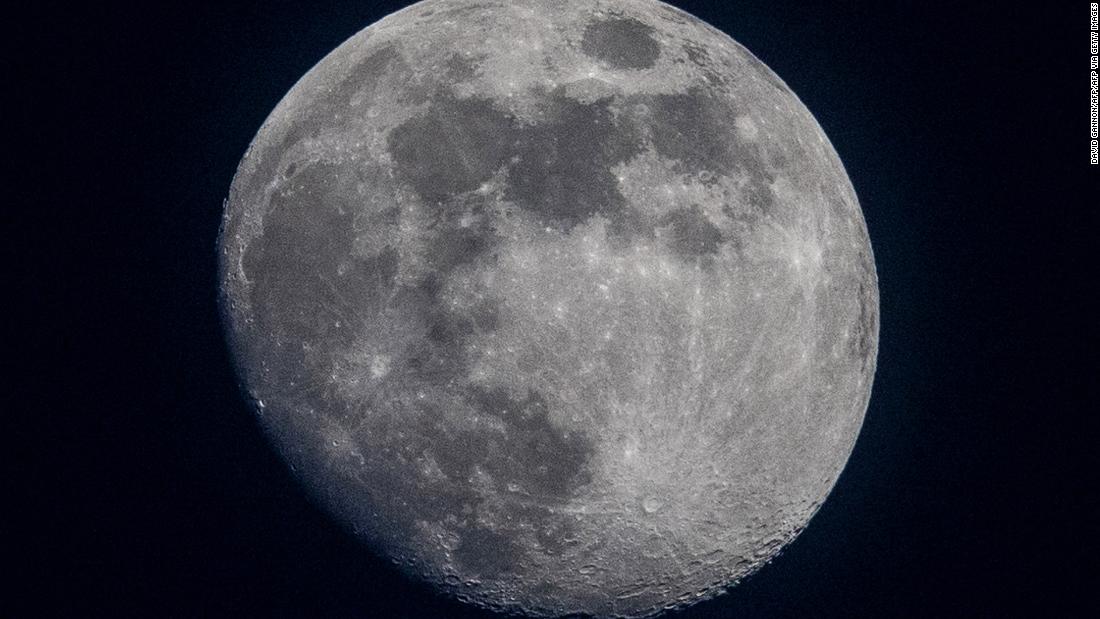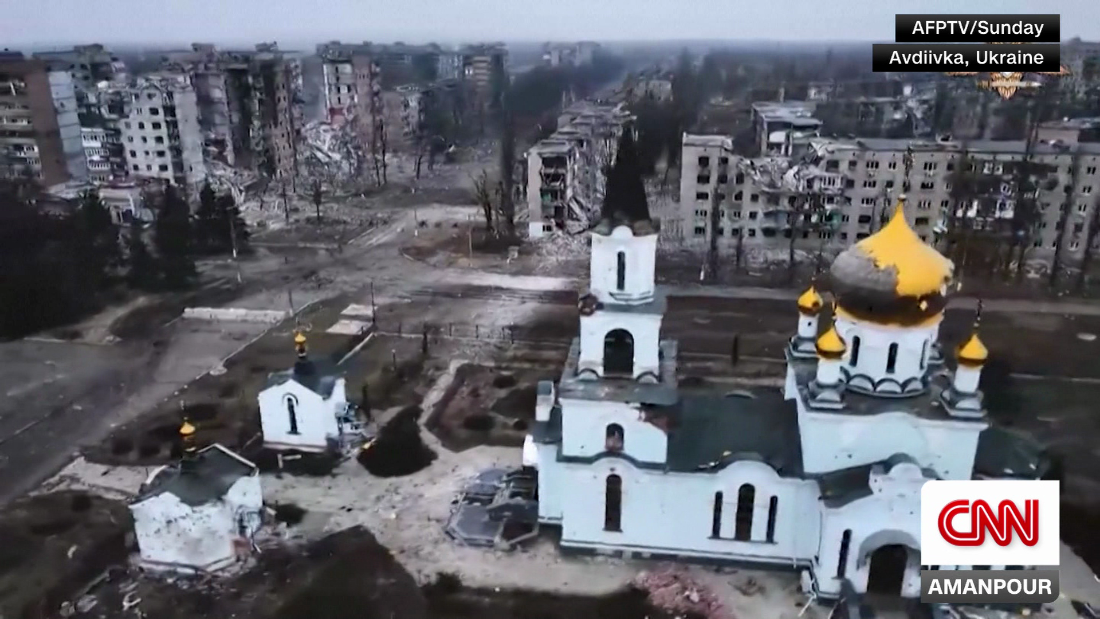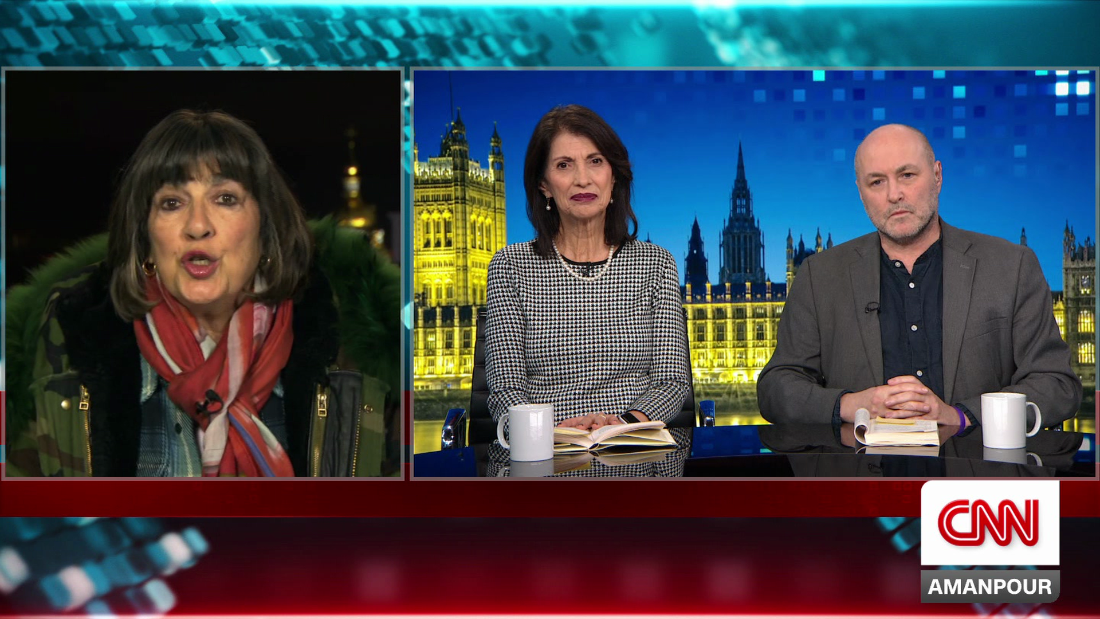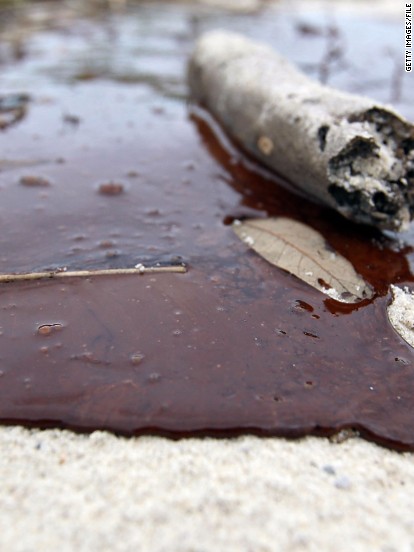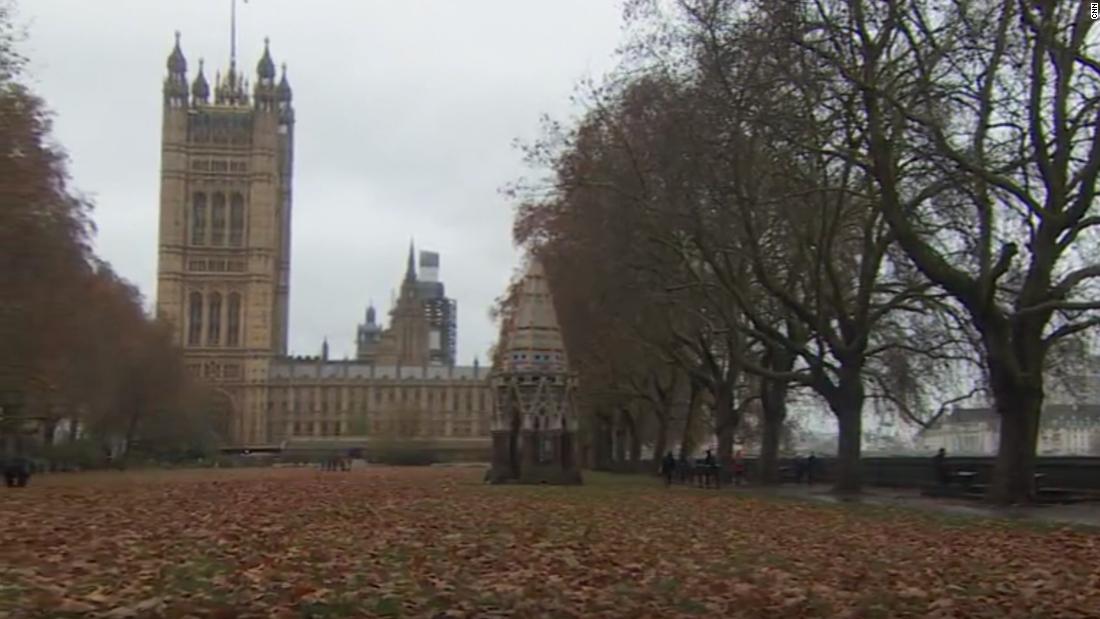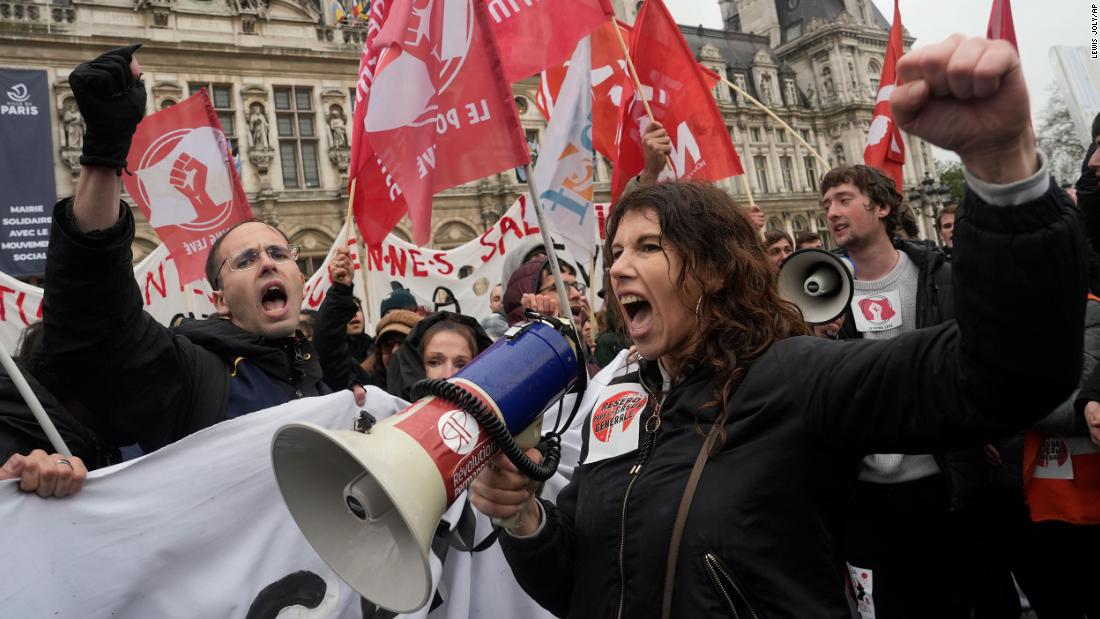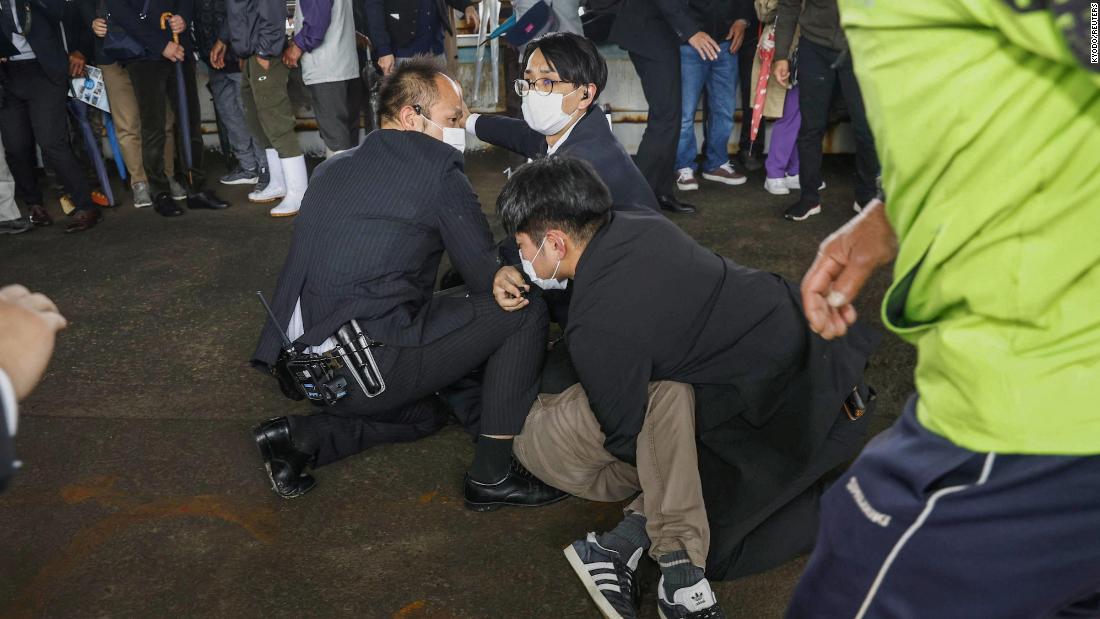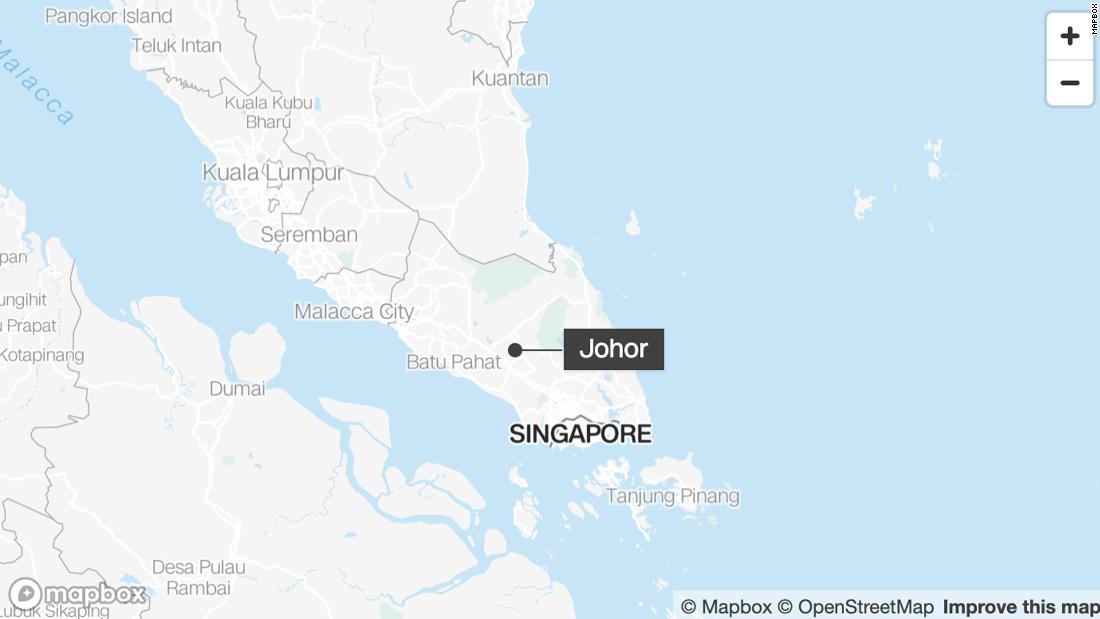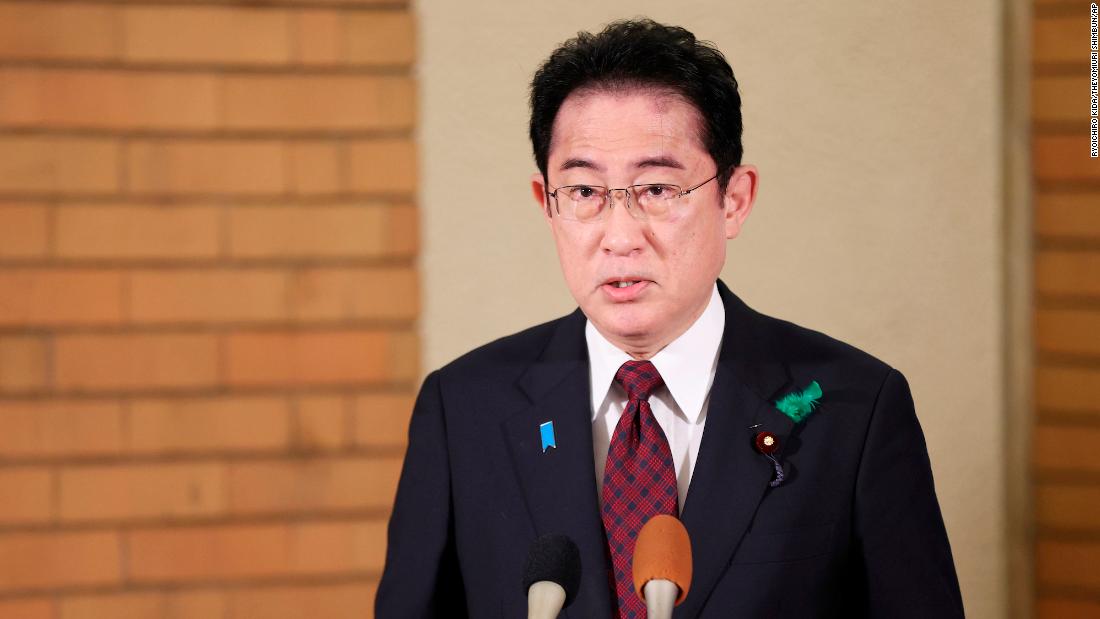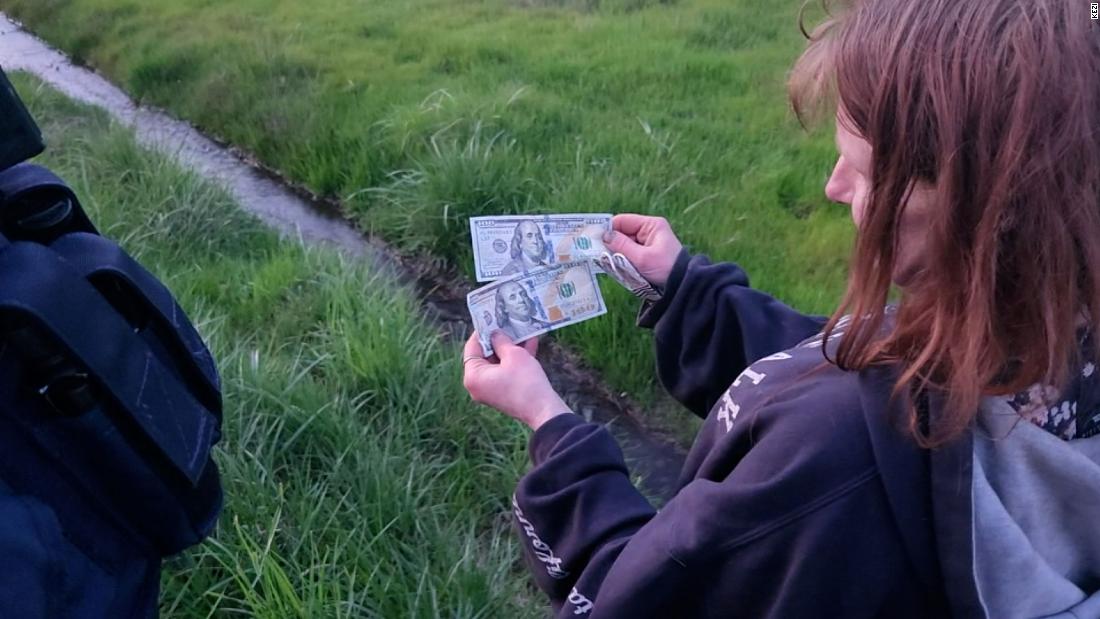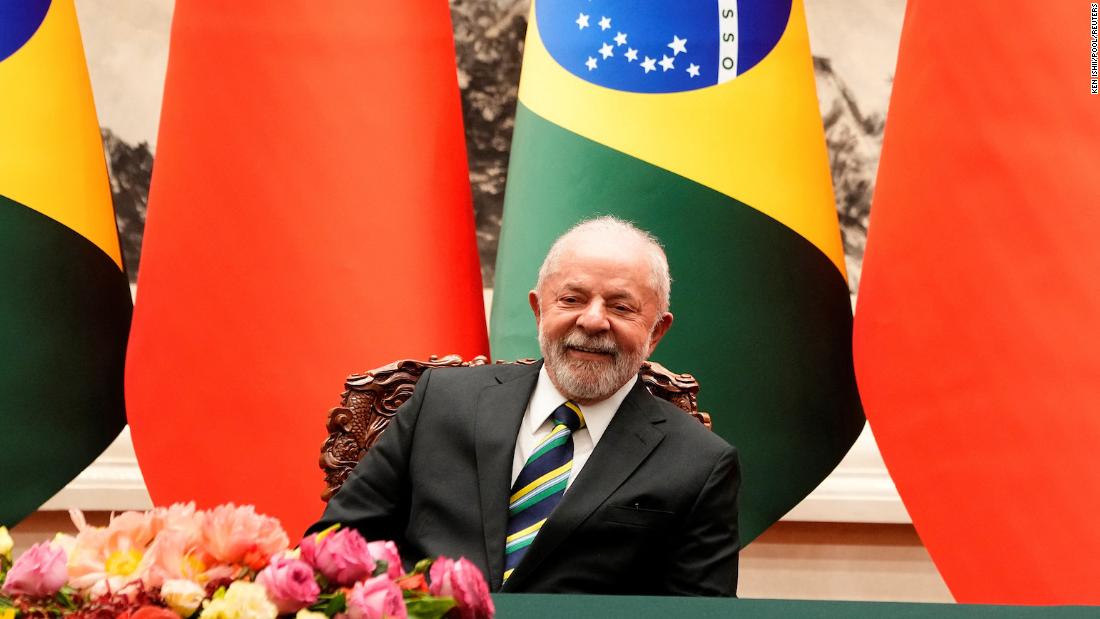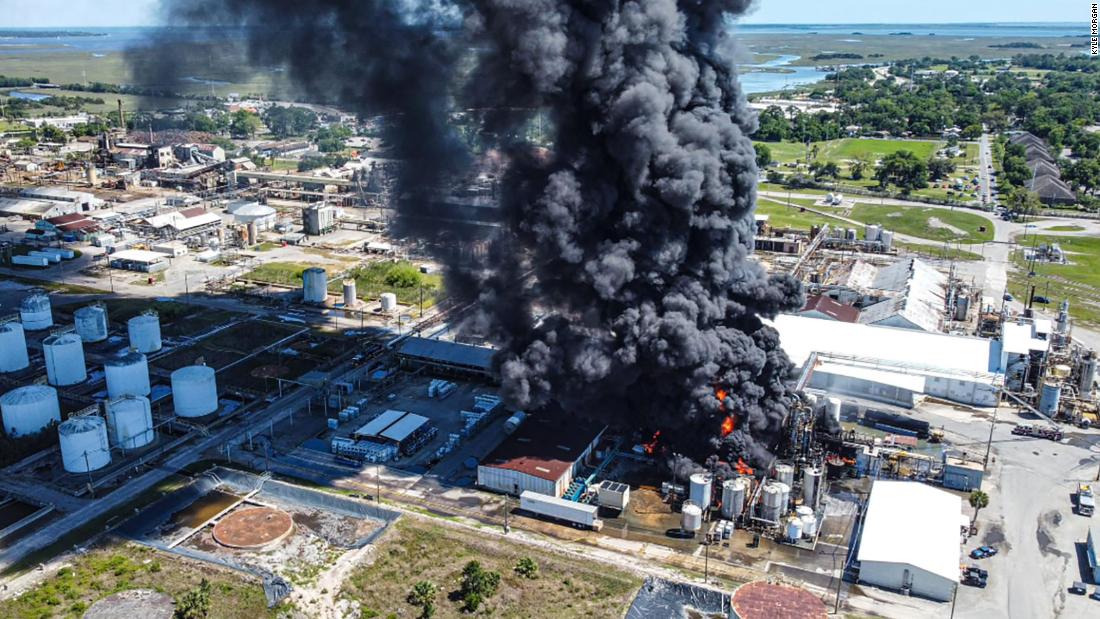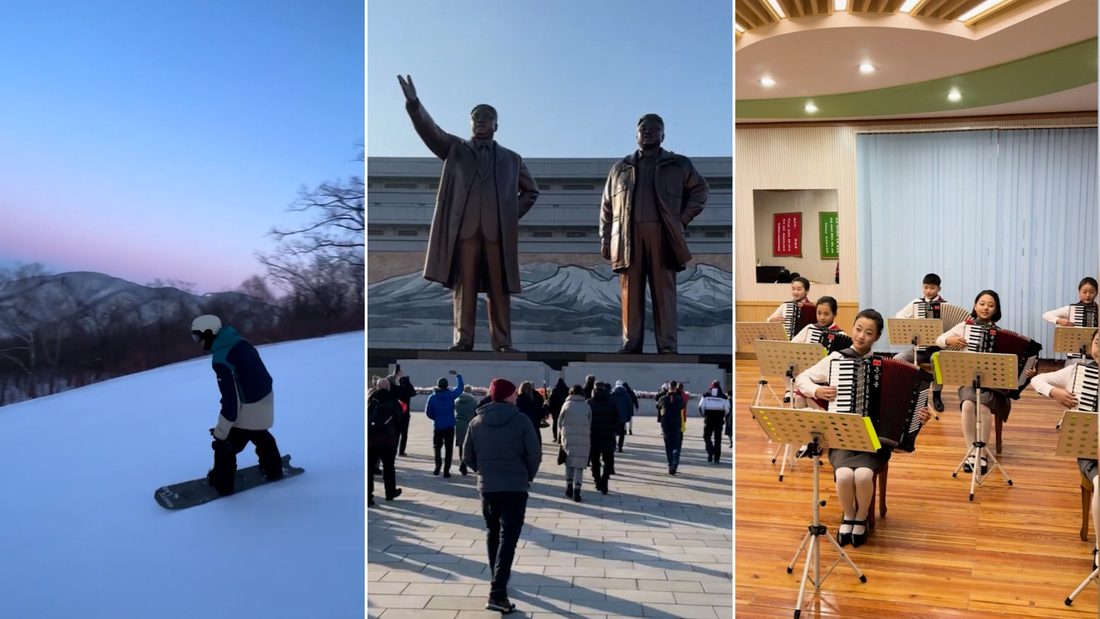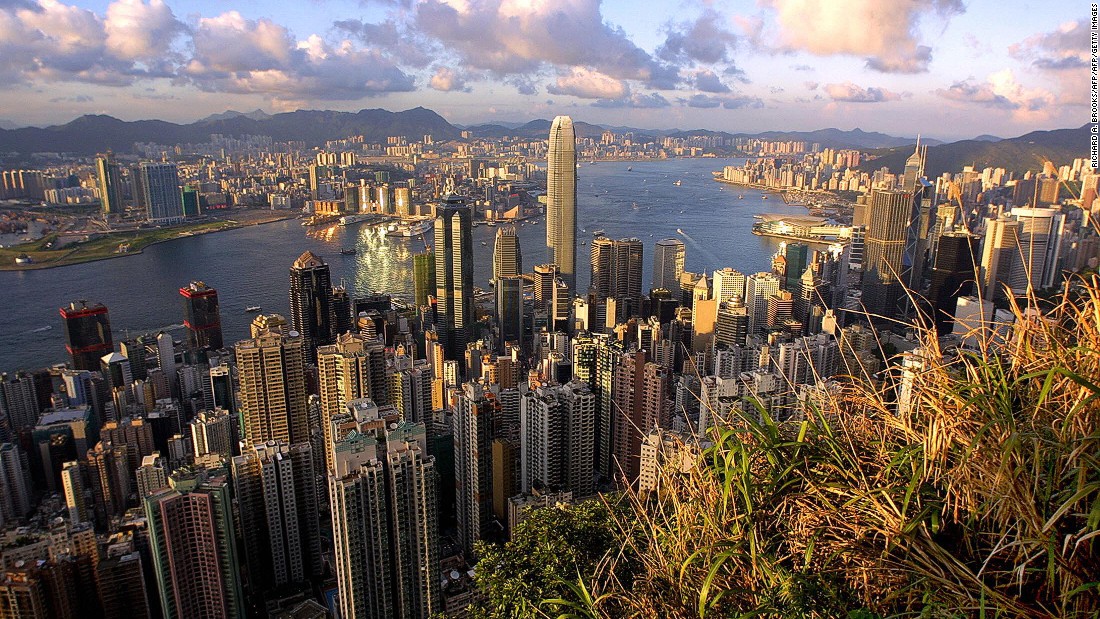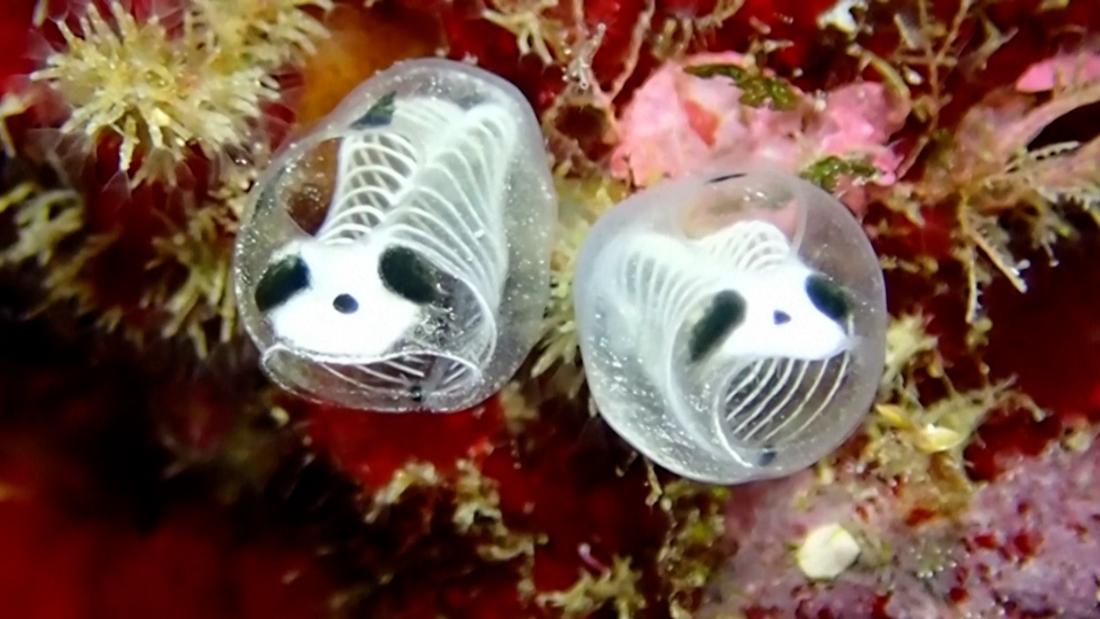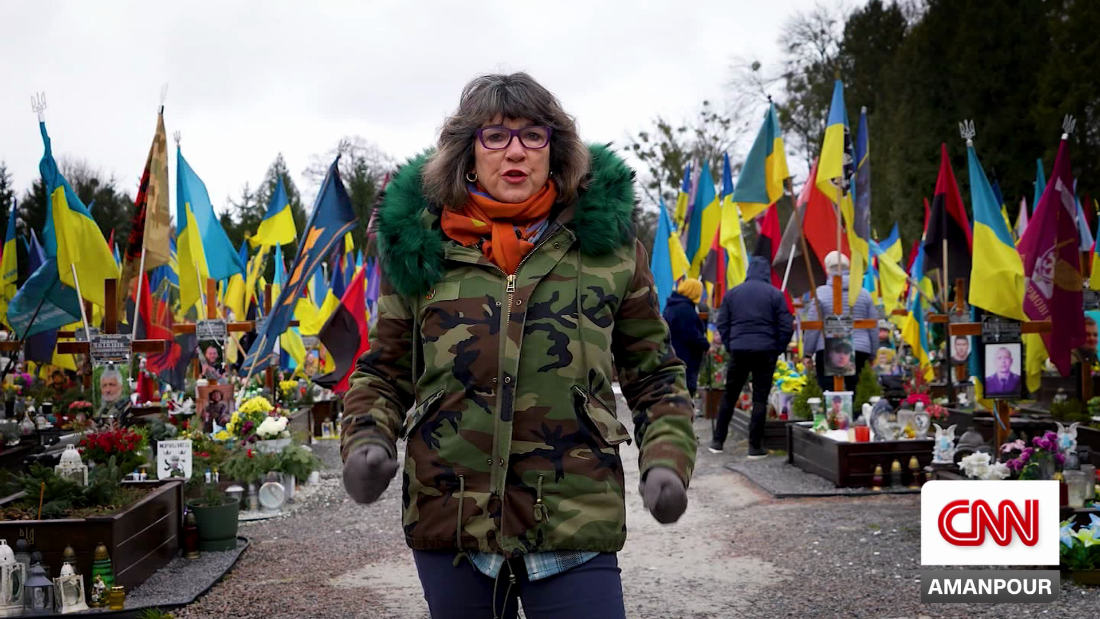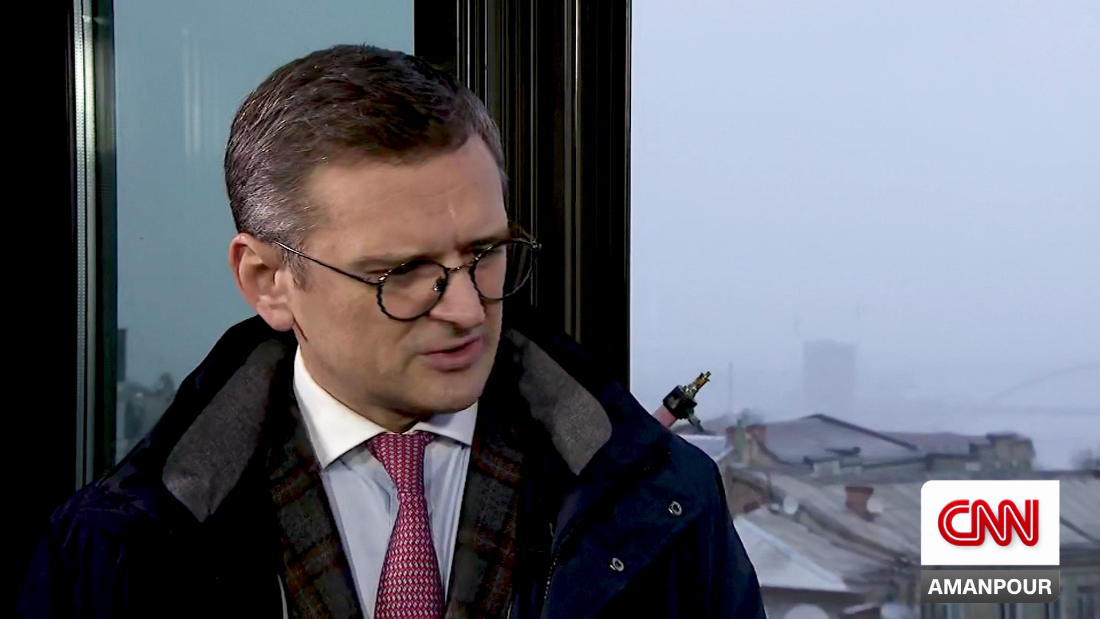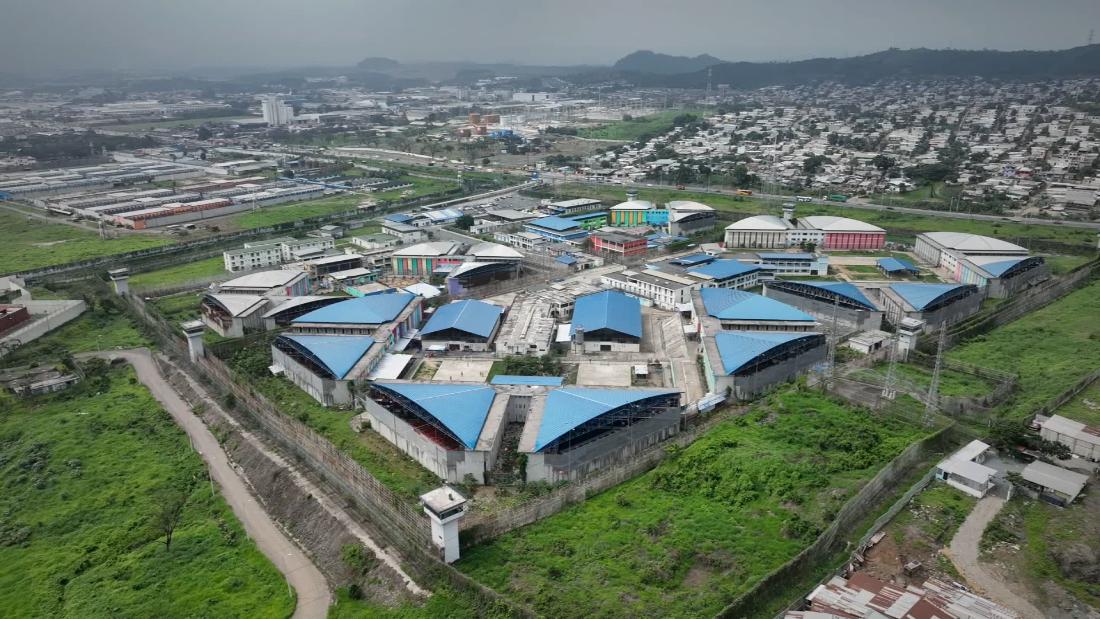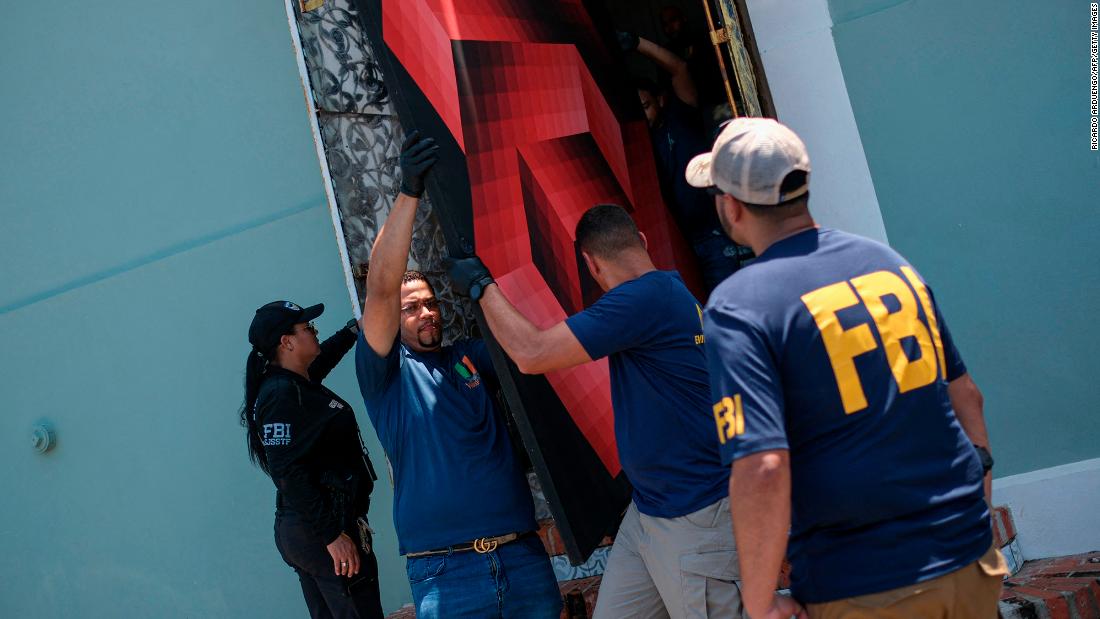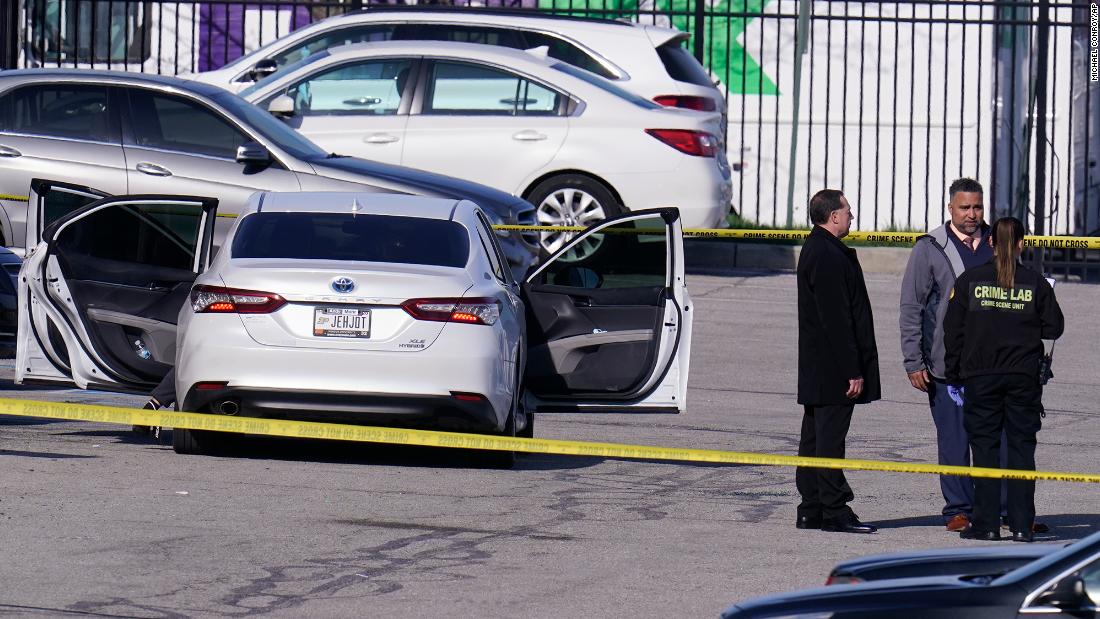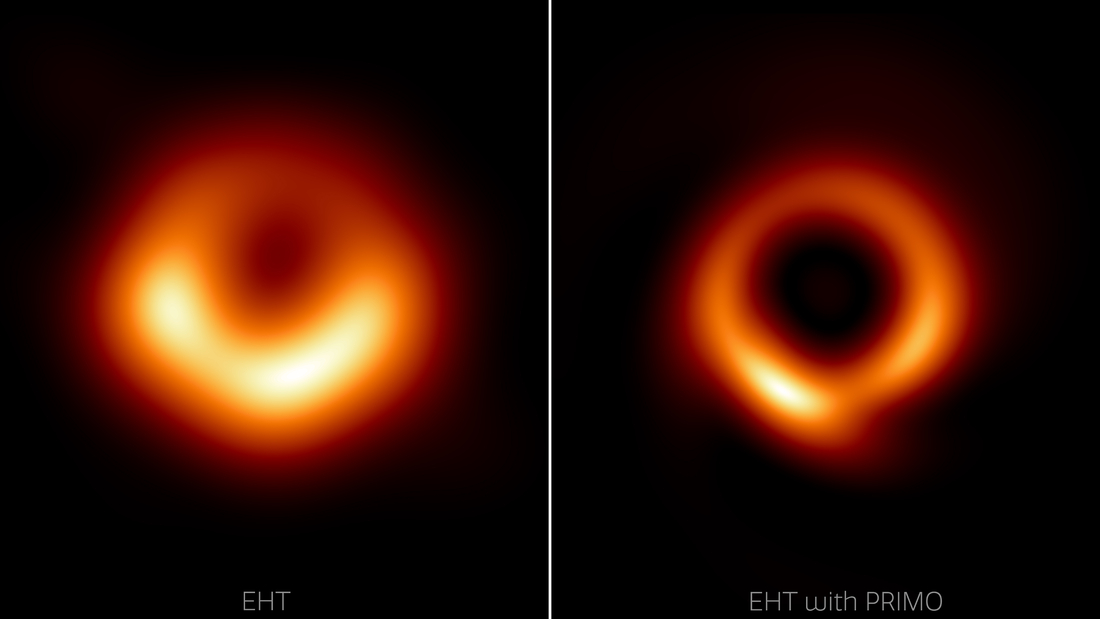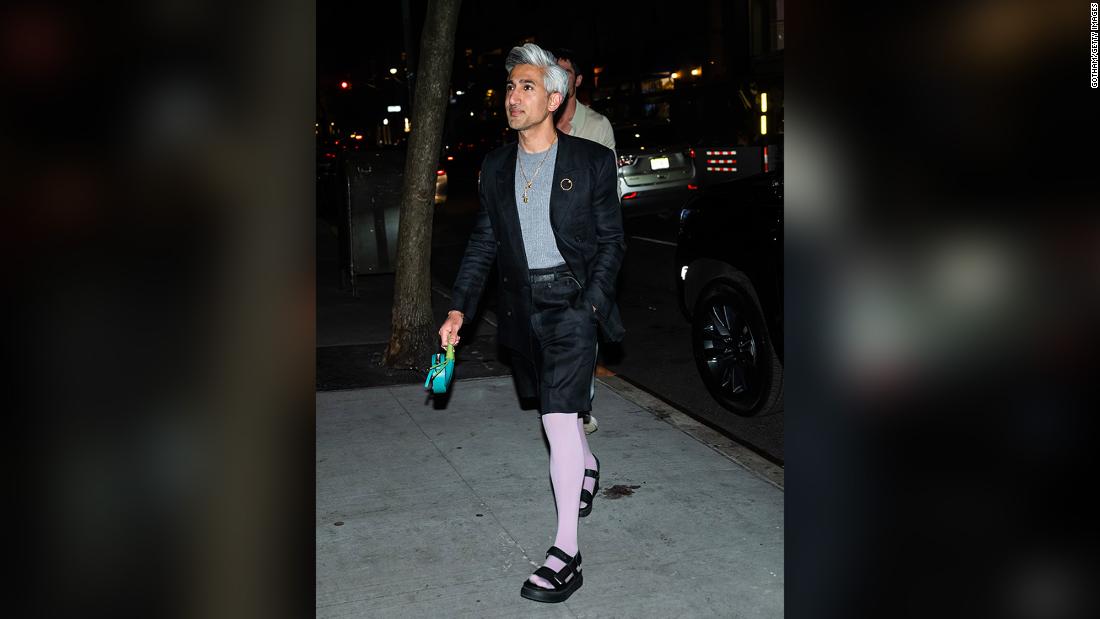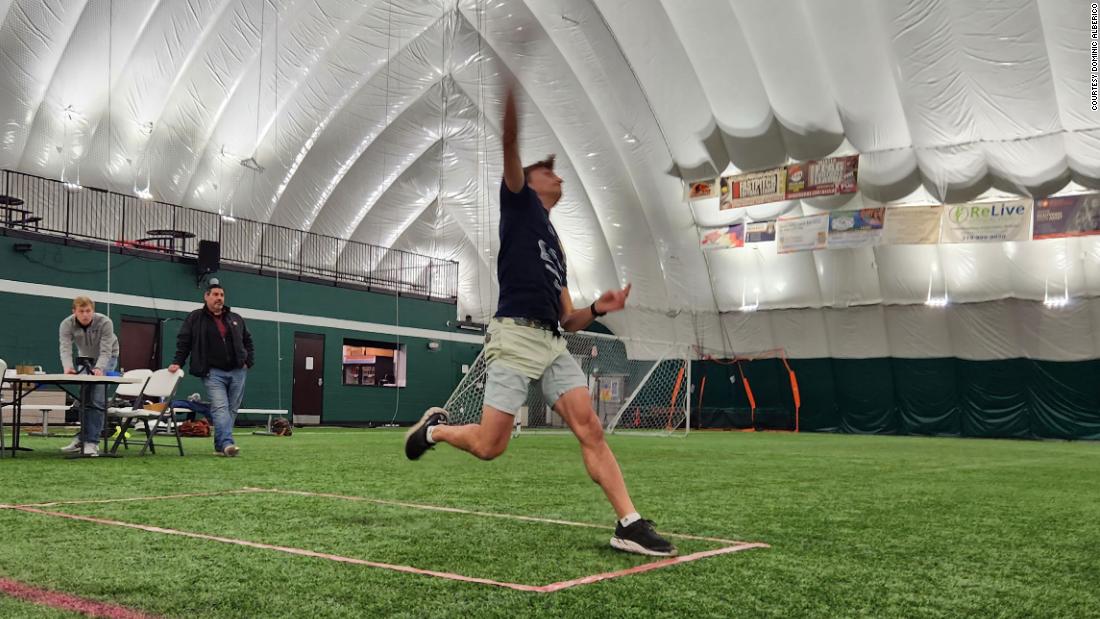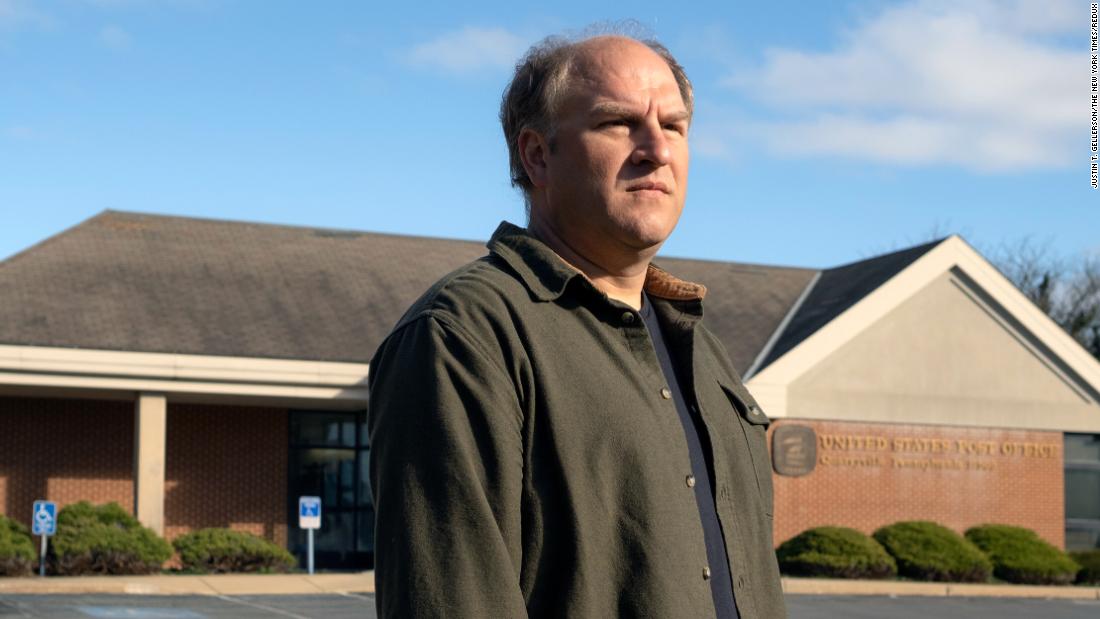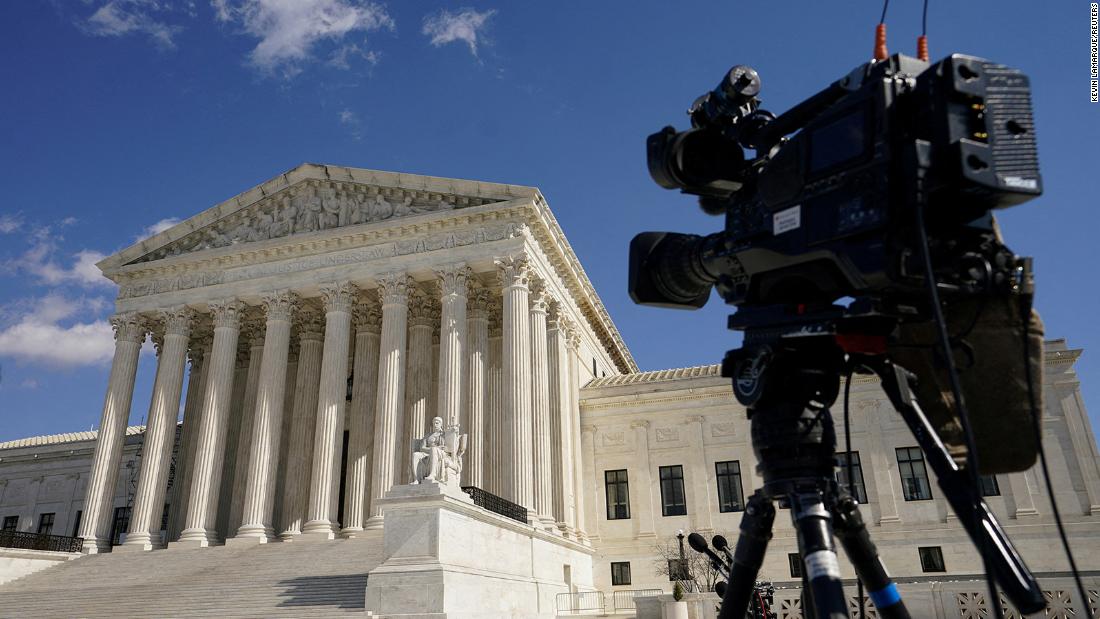SPAIN has been announced as co-host of the 2030 World Cup along with Portugal and Morocco.
The biggest international tournament on Earth has never been played on more than one continent.
The Estadio Insular Las Palmas was left abandoned for over a decade until it was demolishedYouTube / Baby Solano
The ground in Gran Canaria fell into a state of disrepair after years of neglectYouTube / Baby Solano
AlamyThe stadium played home to UD Las Palmas until they moved to a bigger home in 2003 – with demolition work taking place in 2014[/caption]
The former Estadio Insular has now been turned into a parkGoogle Street View
Three of the stadium’s old stands still remain with tributes to Las Palmas littered around the parkGoogle Street View
And the 2030 edition will be played on THREE – with the opening games to be played in Argentina, Paraguay and Uruguay.
But one stadium that certainly won’t be seeing any action is the Estadio Insular Las Palmas.
The Gran Canaria arena was built in 1945 and even hosted Spain international matches including a World Cup qualifier.
But the home of UD Las Palmas closed its doors to the public in 2003 and was even partially destroyed in 2014 – before being turned into a park.
An original stand still remains in an otherwise entirely unrecognisable sea of greenery.
But let’s go back to the start… the Estadio Insular was built in 1945 and hosted its first football match four years later – when UD Las Palmas were founded.
Las Palmas played their home matches at the 21,000-seater arena for more than 50 years, starting in the third tier.
After immediately bagging promotion in their debut season in professional football, Las Palmas yo-yoed between LaLiga and the Segunda Division until the early 1990s.
FREE BETS – BEST BETTING OFFERS AND BONUSES NEW CUSTOMERS
The stands began to rot and grass died after being abandoned for a decadeYouTube / Baby Solano
Barely any seats remained in the ground after they were torn out – even before the partial demolitionYouTube / Baby Solano
The paintwork began to erode and weeds grew wild in the derelict stadiumYouTube / Baby Solano
The stadium has now been transformed into a park, complete with play area and cafesGoogle Street View
The park retains the blue and yellow spirit in tribute to Las Palmasgoogle Street View
After slipping into the third tier for four seasons, the club finally moved back into Segunda in 1996 before breaking back into the big time in 2000.
Las Palmas had big dreams and built a new, 32,400-seater stadium – the Estadio Gran Canaria – and moved in just years later, in 2003.
Now the 14th-largest stadium in Spanish football, the club suffered a little setback.
In fact, by the time Las Palmas moved into their new home, they had already been relegated to the second division.
And they finished 20th in their debut season at the Estadio Gran Canaria – dropping back into the THIRD TIER.
Las Palmas worked their way back to LaLiga in 2015, dropped out again in 2018 and finally broke back into the elite league again for 2023-24 – currently 14th, ahead of giants Sevilla.
But while the club have endured a topsy-turvy two decades since leaving the Estadio Insular, the stadium itself has been completely reimagined.
The ground has hosted four Spain international matches down the years, including the 1974 World Cup qualifying clash against Yugoslavia – a 2-2 draw – in 1972.
Its final foray into international football was in 1996 – a 1-0 friendly win over Norway, thanks to Kiko’s goal.
Tennis legend Rafael Nadal‘s uncle, Miguel, played the fixture – as well as legends including Fernando Hierro and Luis Enrique.
But in 2014 – 11 years after hosting its final Las Palmas match – the Estadio Insular was finally demolished… partially.
After over a decade of slipping deeper and deeper into disrepair, the space was turned into a park… a tribute to the team of Las Palmas.
The north (old Grandstand), east (Naciente) and west (Curva) stands were all left erect, with only the south knocked down.
In 2016, the park was finally opened to the public, featuring canvases adorned with pictures of its players and historic moments.
The urban greenery still features the heavy presence of yellow and blue – Las Palmas’ colours – and a steel sculpture, shaped like a football.
The park is split into grassy and woodland areas and – in tribute to Las Palmas – features 48 different species of palm trees.
It now features a 300m running track, sports field and outdoor gym equipment, as well as restaurants and a playground.
Creator – [#item_custom_dc:creator]
















